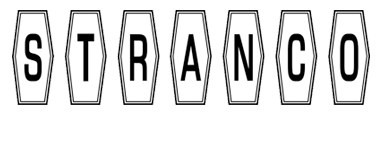Product miniaturization is the global push for manufacturers to continually strive to create more compact, portable devices without compromising on functionality or quality. When seeking to miniaturize their products, many manufacturers encounter certain obstacles that require them to address any potential shortcomings and create better products.
The most easily identified examples of miniaturization are smartphones, laptops and other electronics. Interestingly enough, though many of these products have become smaller due to the advancement of modern technology, they are faster and offer far more applications than ever before. Electronics from a decade ago were bulkier and did not have any of the unique features many cell phones and other devices have today.
"The electronics industry is experiencing rapid growth on account of newer innovations and the miniaturization of products," Jesse Maida, the media and marketing executive for Technavio Research, wrote. "The computer market and handheld devices such as tablets, portable storage devices and consumer electronics are the major factors propelling the growth of the electronics industry."

What is causing this push for product miniaturization?
Depending on the industry, there are a wide number of factors that contribute to the trend toward production miniaturization. For the electronics industry in particular, consumer demand plays a large part in this exploration. If one manufacturer builds a smaller smartphone or tablet, then other companies in the electronics industry must strive to create an even smaller device in order to keep up with marketplace demand.
Essentially, consumer expectation is founded upon the latest design on the market. No matter what the industry, customers tend to prefer aesthetically appealing products, along with devices that offer unmatched functionality. The more compact the product, the more a consumer can envision using a product on a regular basis, which in turn can lead to higher product sales.
"Customers tend to prefer aesthetically appealing products."
"The Apple iPod famously evolved into smaller and more sleeker styles after its initial launch," Neil Kokemuller wrote at The Houston Chronicle. "While television screens have gotten larger, the technological components inside the TV have been condensed from large, heavy tubes to sleek, flat panels. Similarly, traditional desktop computers have morphed in some cases into all-in-one desktop solutions with the hardware built into the back of the monitor."
Another reason manufacturers strive for product miniaturization is due to operating costs. If electronic companies can make a quality product with fewer resources and raw materials, they will save more money over time. This allows these organizations to reinvest this saved revenue in furthering their miniaturization technology, broadening their consumer reach or expanding their marketing efforts. Future miniaturization efforts will continue to focus on improving device performance, along with offering more elegant designs and innovative applications.
Electronic device labeling and product miniaturization
One challenge of product miniaturization is finding the right high-performance label that will not only fit on small electronic devices, but remain durable throughout the entire manufacturing process and product life. Thermal transfer barcode labels meet a wide variety of tracking, inventory and identification needs.
At Stranco, we supply custom equipment labels for manufacturers and we offer a wide selection of thermal transfer labels. Our customer service team will work tirelessly with your company to find the right sized label and material for your particular labeling application. To learn more about our products or talk with a customer service representative, contact us today.

